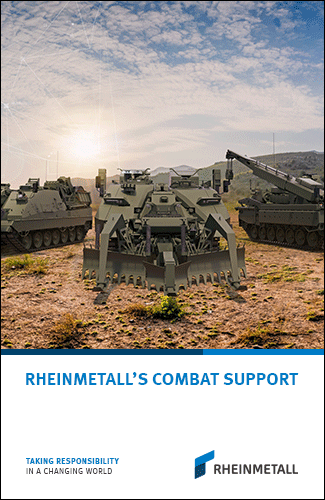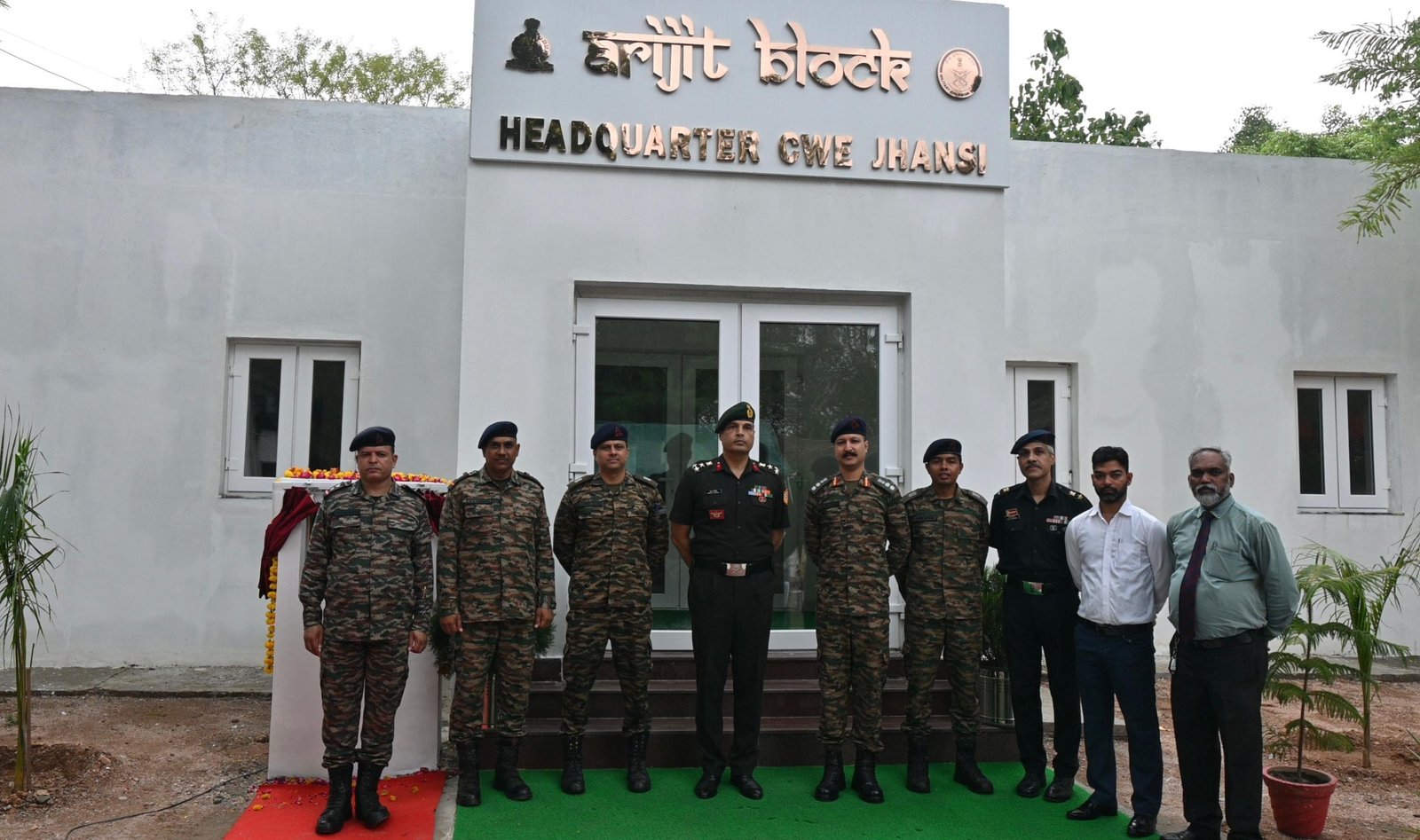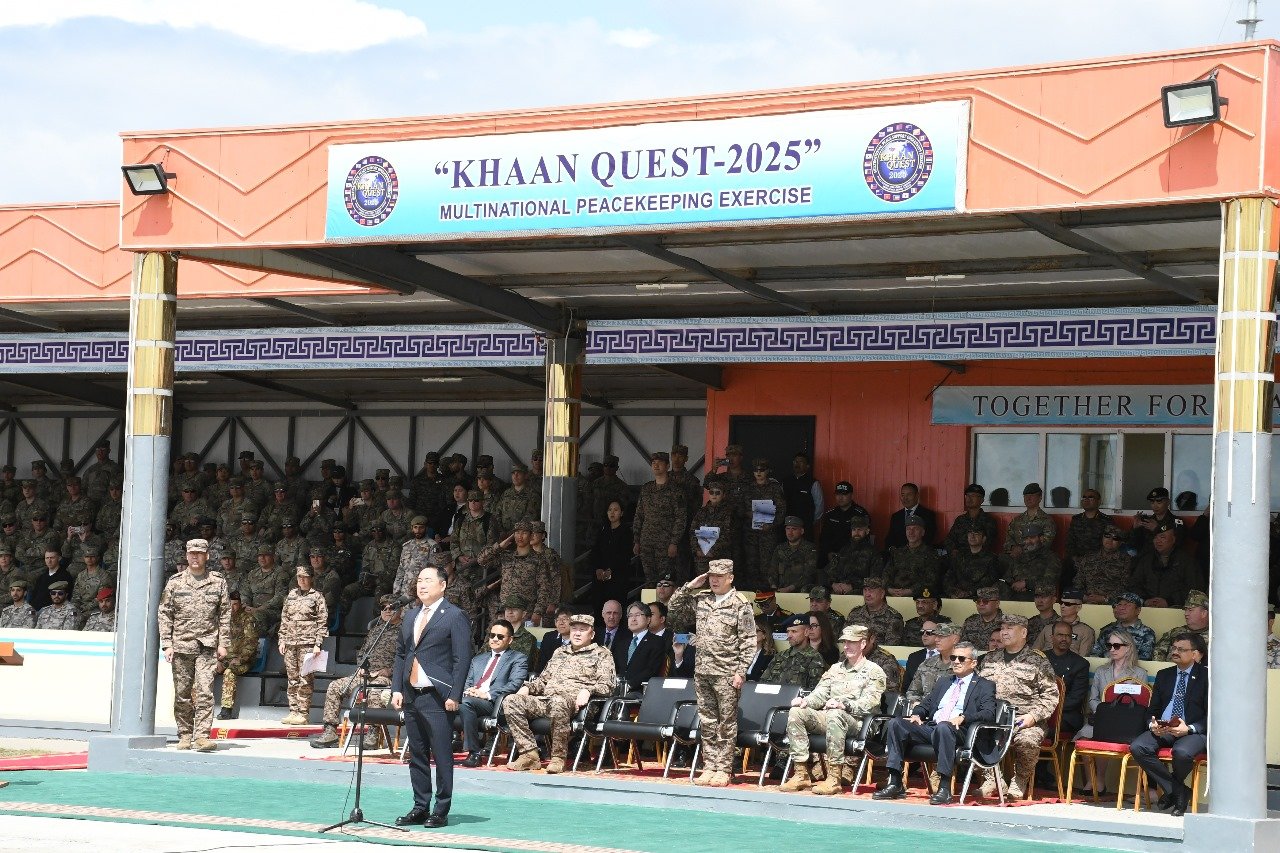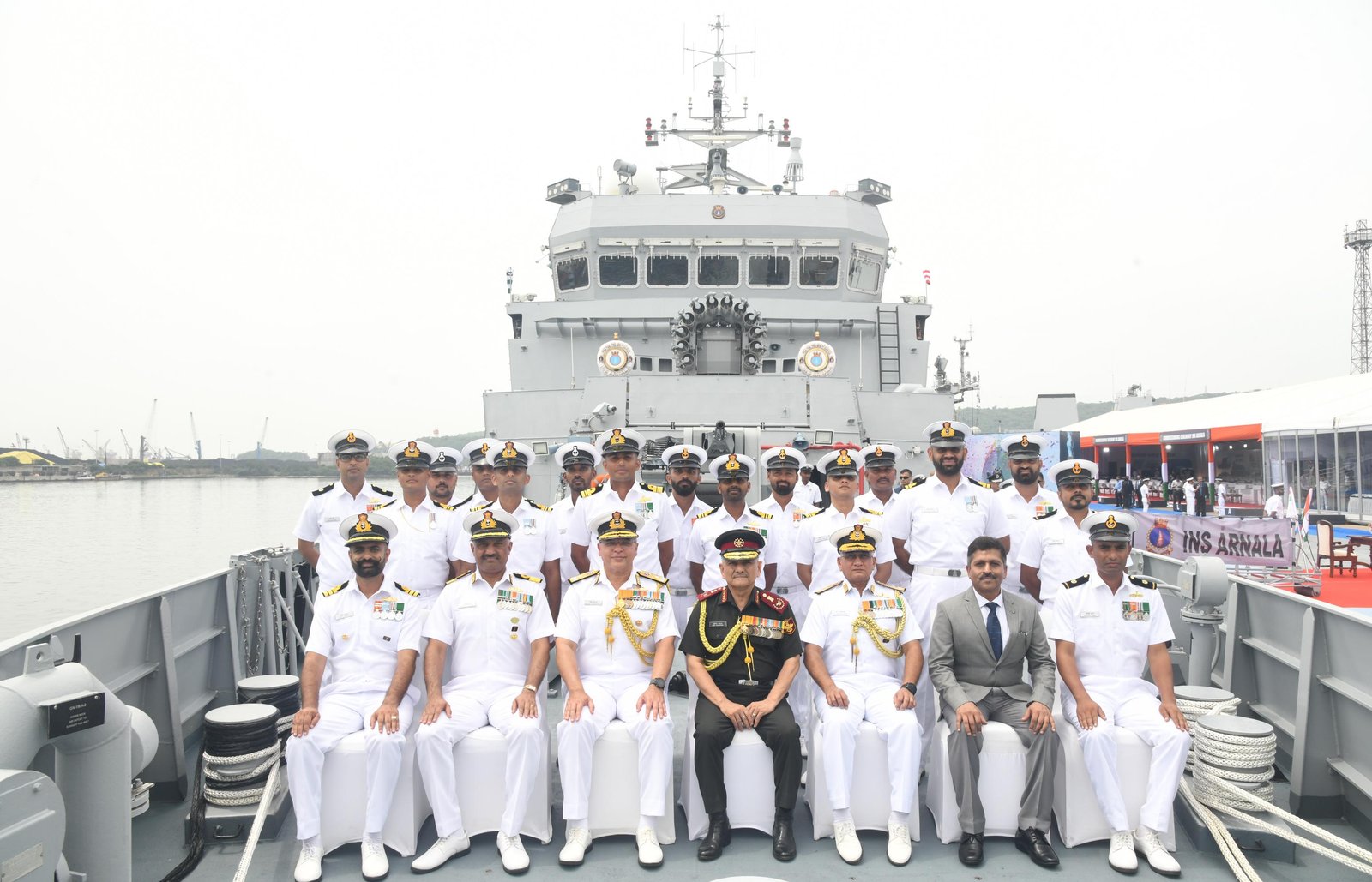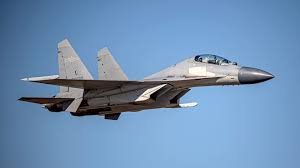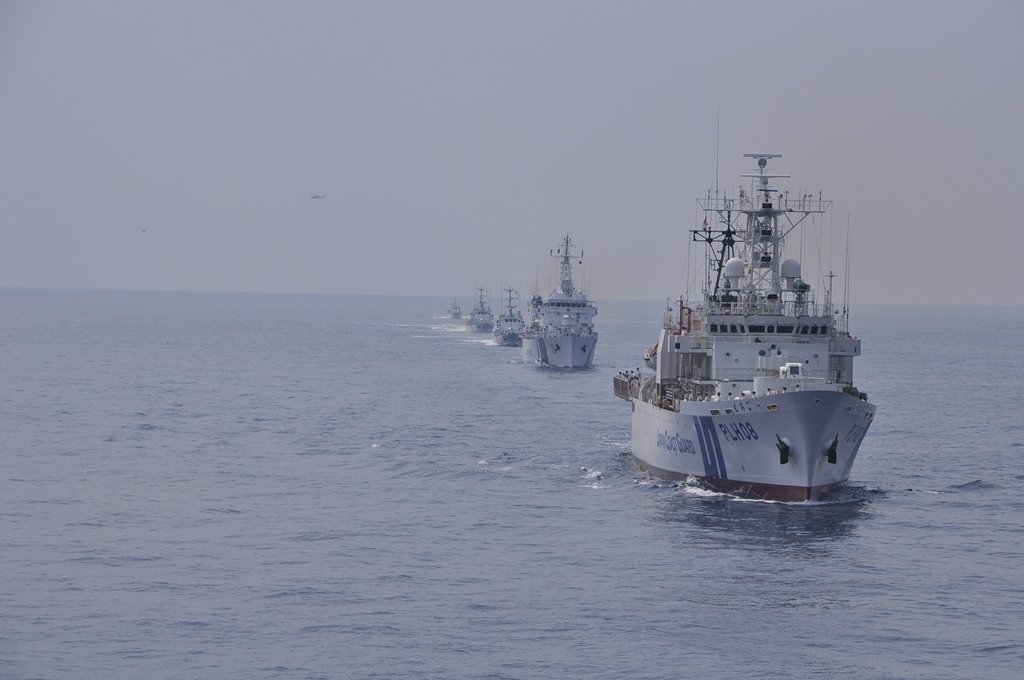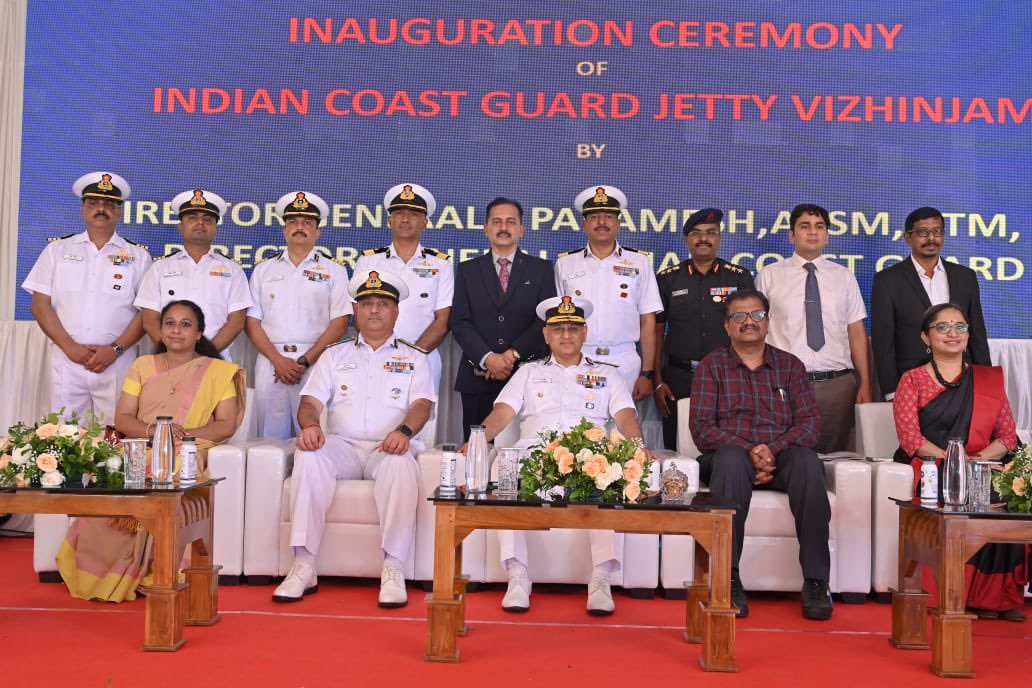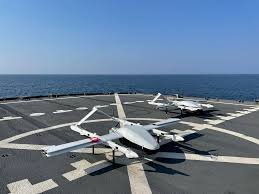Global Defence Giants Align with India’s Strategic Vision for Self-Reliance
June 26, 2025 | Thursday | Barometer | By Ankit Kankar | ankit.kankar@mmactiv.com
As India transitions from buyer to partner, international defence firms from the US, Europe, Israel, and Asia deepen ties through co-development, technology transfer, and local manufacturing—solidifying India’s position as a pivotal global defence hub.
As India intensifies its efforts to modernise the armed forces and strengthen its indigenous defence manufacturing ecosystem under the Aatmanirbhar Bharat initiative, leading global defence companies are increasingly aligning their strategies with India’s long-term security and industrial priorities. This convergence is driving a new era of collaboration, marked by joint ventures, technology transfers, and local production agreements. From advanced aircraft and precision weaponry to unmanned systems and naval technologies, companies from the United States, Europe, Israel, and Asia are playing a pivotal role in enhancing India’s defence capabilities and supporting its vision of strategic self-reliance.
United States: Trusted Partners in Aerospace and ISR
The United States remains one of India’s most significant and strategic defence partners, particularly in the domains of aerospace, intelligence, surveillance, and reconnaissance (ISR). With a growing emphasis on defence co-development, technology sharing, and operational interoperability, American defence majors are not only delivering cutting-edge platforms but are also actively contributing to India’s goal of self-reliance in defence manufacturing.
Lockheed Martin
Lockheed Martin has played a central role in India’s defence modernisation over the past two decades. The company’s enduring partnerships with Hindustan Aeronautics Limited (HAL) and Tata Advanced Systems underscore its commitment to long-term industrial collaboration. The proposed F-21 fighter aircraft—customised specifically for the Indian Air Force—represents a flagship example of a tailored offering under the Make in India framework. In addition to this, Lockheed Martin has delivered C-130J Super Hercules aircraft, which have become a vital asset for India’s airlift capabilities in both combat and humanitarian operations. The firm’s contributions to radar integration also support India’s broader surveillance architecture.
Raytheon Technologies (RTX)
RTX is an integral part of India’s layered air defence strategy. The company supplies key systems such as NASAMS (National Advanced Surface-to-Air Missile System), which has been evaluated for deployment in high-value urban zones. Raytheon’s radar and avionics solutions have found growing relevance across India’s tri-services operations, enhancing both situational awareness and target engagement precision. Their ongoing technical support and potential for local assembly are also aligned with India’s emphasis on indigenous capacity building.
Northrop Grumman
With expertise in C4ISR (Command, Control, Communications, Computers, Intelligence, Surveillance, and Reconnaissance), Northrop Grumman is emerging as a vital partner for India’s transition to network-centric warfare. The company’s advanced sensor suites, drone technologies, and secure communication systems are being actively explored for integration into India’s next-generation battlefield strategies. Northrop Grumman is also engaging with Indian policymakers and private sector players to enable co-development opportunities that enhance tactical situational awareness.
General Atomics
General Atomics is best known for its Predator-series unmanned aerial vehicles, which have set the global standard for long-endurance, high-altitude ISR missions. India’s ongoing negotiations to procure the MQ-9B SeaGuardian UAVs mark a significant leap forward in enhancing maritime domain awareness and cross-border surveillance capabilities. These drones would provide persistent coverage across India’s extensive coastline and critical border regions, serving both military and homeland security functions.
Boeing Defense
Boeing has become deeply embedded in India’s defence ecosystem through both procurement and industrial cooperation. Its Apache AH-64E attack helicopters and Chinook heavy-lift helicopters are currently operational in the Indian Air Force, significantly enhancing air mobility and firepower. Meanwhile, the Indian Navy’s fleet of Boeing P-8I maritime patrol aircraft has become an indispensable component of India's anti-submarine warfare and maritime reconnaissance capability. Boeing’s continued investment in local supplier development and MRO (maintenance, repair, and overhaul) capacity further signals its strategic intent to become a long-term contributor to India’s defence ecosystem.
France: Strategic Depth with Combat Air Power and Naval Expertise
India’s defence partnership with France stands as one of the most enduring and multifaceted collaborations in the global strategic landscape. Built on a foundation of mutual trust, technology transfer, and high-level political alignment, Indo-French defence ties have deepened across both air and maritime domains. French defence manufacturers continue to play a pivotal role in strengthening India’s operational capabilities while contributing significantly to its self-reliance objectives.
Dassault Aviation
The landmark acquisition of 36 Rafale fighter jets by the Indian Air Force ushered in a new era of air power for India and reinforced France’s position as a trusted defence partner. Dassault Aviation’s ongoing discussions with Indian authorities to expand the Rafale fleet highlight the aircraft’s performance credibility and strategic fit within India’s force structure. Beyond procurement, Dassault is also exploring avenues for co-developing future air combat platforms under India's proposed fifth-generation fighter programmes, reflecting a deepening commitment to long-term industrial and R&D collaboration.
Thales Group
Thales plays a critical role in India’s aerospace and defence electronics landscape. As a key supplier of avionics, radar systems, and battlefield communication technologies, Thales has been instrumental in enhancing the operational efficiency of platforms like the Rafale and other systems in India’s inventory. The company is engaged in multiple joint ventures with Indian firms and actively participates in offset obligations, fostering skill development, knowledge transfer, and the establishment of local manufacturing and testing infrastructure aligned with India’s Make in India policy.
Naval Group
France’s Naval Group has been a cornerstone of India’s submarine modernisation efforts, having designed and supported the construction of the Scorpène-class submarines under Project 75 at Mazagon Dock Shipbuilders Limited (MDL) in Mumbai. These submarines have significantly strengthened the Indian Navy’s undersea warfare capabilities. With the Indian Navy now preparing for its next-generation submarine programme—Project 75I—Naval Group is once again positioning itself as a strong contender, offering advanced conventional propulsion and air-independent propulsion (AIP) technologies tailored to Indian requirements. The collaboration also presents potential for co-design and technology sharing that could shape the future of indigenous submarine production.
Israel: Technological Edge in Missiles and UAVs
India’s defence partnership with Israel has evolved into a high-technology alliance defined by agility, innovation, and battlefield relevance. With a strong focus on precision-guided weaponry, advanced surveillance systems, and unmanned capabilities, Israeli firms have become indispensable contributors to India’s strategic modernisation—particularly in areas demanding rapid deployment and technological superiority.
Israel Aerospace Industries (IAI)
IAI stands as a cornerstone of the India-Israel defence relationship, having delivered a wide spectrum of high-end platforms, notably the Heron UAVs, which have become the backbone of India’s long-endurance surveillance missions. These systems have enabled Indian forces to maintain continuous monitoring along sensitive borders and in high-altitude areas. Beyond UAVs, IAI has played a key role in enhancing India’s missile and radar capabilities, offering cutting-edge technologies with built-in provisions for local assembly and upgrade pathways. The company continues to support India’s ambitions for unmanned aerial dominance through both direct procurement and potential joint development opportunities.
Elbit Systems
Elbit is a vital enabler of India’s ground forces modernisation. Its expertise in electro-optics, artillery fire control systems, and advanced combat helmets has positioned the company as a preferred partner for frontline troop enhancement. Elbit’s technologies have been integrated into Indian Army platforms to improve night-fighting capabilities, artillery precision, and soldier survivability. Moreover, its growing collaboration with Indian private-sector defence firms underlines its commitment to expanding local industrial capability through co-production and technical support.
Rafael Advanced Defense Systems
Best known in India for the Barak-8 missile system, developed jointly with the Defence Research and Development Organisation (DRDO), Rafael exemplifies the success of bilateral co-development. The Barak-8 system now forms a critical part of India’s naval and land-based air defence shield, offering high-performance interception against a variety of airborne threats. Rafael’s broader engagement in India spans missile guidance, counter-UAV technologies, and advanced protection systems. The company has embraced India’s Make in India ethos by fostering technology partnerships and actively participating in local manufacturing initiatives.
Germany: Advanced Engineering Meets Indigenous Needs
Germany’s defence engagement with India is grounded in engineering excellence, precision manufacturing, and a shared commitment to capability development through industrial partnerships. As India looks to modernise its land and naval forces, German defence firms are offering high-performance systems that align well with the country’s strategic goals and localisation ambitions.
Rheinmetall
Rheinmetall, a global leader in ammunition, artillery, and armoured vehicle solutions, is actively expanding its footprint in India through collaborations with both public-sector undertakings and emerging private defence players. The company’s advanced artillery systems and vehicle upgrade packages are being evaluated for their potential to boost the firepower and survivability of India’s mechanised forces. Rheinmetall is also eyeing participation in India’s ammunition manufacturing ecosystem, offering smart munitions and modular production capabilities that could be integrated into local supply chains under the Make in India framework.
Thyssenkrupp Marine Systems
Thyssenkrupp Marine Systems (TKMS) has emerged as a strong contender for India’s upcoming Project 75I submarine programme, which aims to build a new class of next-generation diesel-electric submarines. With a legacy of delivering cutting-edge air-independent propulsion (AIP) technologies and combat-proven underwater platforms, TKMS is positioning itself as a technology partner that can deliver not just hardware, but critical know-how to enhance India’s indigenous submarine-building capabilities. The company’s proposal includes provisions for high levels of localisation, transfer of technology, and support for long-term sustainment through Indian shipyards—offering a comprehensive solution for the Indian Navy’s future needs.
United Kingdom: Strengthening India’s Artillery and Naval Fleet
India’s defence partnership with the United Kingdom is undergoing a strategic resurgence, marked by renewed emphasis on co-development, industrial collaboration, and maritime security. British defence companies are not only offering cutting-edge platforms but are also investing in localisation, skill development, and technology transfer to align with India’s long-term defence self-reliance goals.
BAE Systems
BAE Systems, a key supplier of artillery and naval solutions, has significantly contributed to India’s firepower enhancement through the delivery and local assembly of M777 ultra-light howitzers. These systems, crucial for rapid deployment in mountainous terrain, have bolstered India’s capability along high-altitude borders. In addition to artillery, BAE is actively pitching advanced naval combat systems, including sensors and weapon control solutions, tailored for the Indian Navy’s modernisation programmes. The company’s strong engagement with Indian industry and its openness to establishing deeper manufacturing partnerships underscore its commitment to long-term collaboration.
Rolls-Royce Defence
Renowned globally for its propulsion technologies, Rolls-Royce continues to be a strategic partner to India across both aerospace and maritime sectors. In military aviation, its jet engines power several Indian platforms, and the company is now exploring technology transfer opportunities to support upcoming indigenous fighter programmes. In the maritime domain, Rolls-Royce’s marine propulsion systems are being offered for new-generation Indian naval vessels. Additionally, the firm is expanding its maintenance, repair, and overhaul (MRO) capabilities in India to support both Indian and regional fleets, further contributing to operational readiness and self-reliant sustainment.
Sweden: Surveillance and Fighter Jet Aspirations
Sweden’s defence engagement with India is defined by high-technology offerings, transparency in collaboration, and a strong inclination towards co-development and industrial cooperation. Swedish defence companies, particularly SAAB, have positioned themselves as flexible and innovation-driven partners capable of addressing India’s diverse operational and terrain-specific requirements.
SAAB
SAAB continues to actively promote its Gripen-E multirole fighter aircraft for India’s Multi-Role Fighter Aircraft (MRFA) programme. Designed for high agility, advanced avionics, and low lifecycle costs, the Gripen-E is being pitched as a combat-ready solution that complements India’s existing air combat fleet while enabling high levels of localisation. SAAB’s proposal includes full transfer of technology and the establishment of a dedicated production line in India, supporting the government’s Make in India and Atmanirbhar Bharat objectives.
Beyond fighter jets, SAAB has also offered advanced ground-based air defence radar systems and airborne surveillance solutions, customised for India’s challenging terrains, including mountainous regions and dense maritime zones. With proven success in integrating its technologies across NATO and other allied forces, SAAB is striving to become a key contributor to India’s surveillance and combat readiness across land, air, and sea.
Russia: Traditional Partner with Legacy and Emerging Ties
Russia remains one of India’s most enduring and comprehensive defence partners, with decades of collaboration that have shaped the foundation of India’s modern military capability. While the global defence landscape has become more competitive, Russia’s position as a reliable supplier of platforms across all three services—air, land, and sea—continues to hold strategic weight. At the same time, new areas of cooperation are emerging, including advanced co-development and lifecycle support.
Rosoboronexport
As the official export arm of Russia’s defence industry, Rosoboronexport has played a key role in delivering some of the most iconic and widely-used military assets in India’s inventory, including T-90 tanks, Mi-series helicopters, and various missile systems. These platforms have become mainstays in India’s armed forces. With newer players entering the Indian defence market, Rosoboronexport is increasingly focusing on sustainment services, upgrades, and modernisation programmes to retain its stronghold. Additionally, the company is expected to enhance advertising, public engagement, and strategic communication efforts to maintain visibility and support evolving procurement priorities under competitive conditions.
United Aircraft Corporation (UAC)
UAC, a key pillar of Russian aerospace capability, has long been associated with India through the highly successful co-production of Su-30MKI fighter aircraft in partnership with Hindustan Aeronautics Limited (HAL). This programme not only strengthened India’s combat fleet but also laid the groundwork for future aerospace collaboration. While the earlier joint initiative for a Fifth Generation Fighter Aircraft (FGFA) did not progress as planned, UAC remains a pivotal player in discussions around next-generation combat aircraft, engine technology, and upgrades for legacy platforms. Its strategic relevance to India continues to be shaped by deep technological interdependence and a shared history of capability development.
SOUTH KOREA: Reliable Partnerships in Artillery and Beyond
South Korea: Defence Collaboration Through Artillery and Aerospace
South Korea has steadily emerged as a credible and pragmatic defence partner for India, with a clear focus on collaborative manufacturing, transfer of technology, and cost-effective innovation. As India accelerates its artillery and aerospace modernisation, Korean defence firms are aligning their offerings with India's operational needs and indigenisation roadmap.
Hanwha Defense
Hanwha Defense has been at the forefront of India–South Korea defence collaboration through its successful partnership on the K9 Vajra-T self-propelled howitzers. These systems, jointly developed with Indian partners under the Make in India programme, have significantly enhanced the Indian Army’s long-range firepower capabilities, particularly in border areas requiring swift mobility and rapid deployment. The K9 Vajra programme is often cited as a model for effective industrial cooperation, demonstrating how foreign OEMs can integrate with Indian firms to deliver combat-ready platforms that are locally assembled, supported, and sustained.
Korea Aerospace Industries (KAI)
KAI is actively exploring new avenues for partnership with India in the aerospace sector, with particular interest in light combat aircraft, basic trainers, and rotary-wing platforms. With proven products like the KT-1 trainer and the KUH-1 Surion helicopter, KAI is positioning itself as a versatile supplier and co-development partner that can cater to both Indian Air Force and Navy requirements. The company is in ongoing discussions to participate in India’s upcoming programmes and is evaluating opportunities to establish manufacturing bases and R&D collaboration within India to align with the country’s self-reliance objectives.
Italy: Renewed Interest and Emerging Players
Italy’s defence engagement with India is entering a new phase of cautious optimism and strategic re-engagement. After a period of strained ties due to past controversies, Italian defence firms—particularly Leonardo—are steadily rebuilding trust and repositioning themselves as credible partners in India’s pursuit of maritime security and sensor-driven defence technologies.
Leonardo S.p.A.
Leonardo, one of Europe’s leading defence and aerospace companies, is making a concerted comeback in the Indian market. The company is now focusing on non-lethal and surveillance-oriented segments, including advanced radar systems, naval guns, and sensor technologies specifically tailored for coastal security and maritime domain awareness. With India’s growing emphasis on safeguarding its extensive coastline and exclusive economic zones, Leonardo’s offerings are finding renewed relevance. The firm has also shown readiness to engage in technology transfer, local assembly, and joint R&D initiatives, which align with India’s Make in India and Aatmanirbhar Bharat objectives. This re-entry, while measured, signals Italy’s intention to play a constructive role in India’s evolving defence landscape through capability-focused and trusted partnerships.
India’s defence landscape is undergoing a significant transformation, driven by shifting geopolitical realities, heightened security challenges, and the government’s determined push for self-reliance under the Aatmanirbhar Bharat initiative. The country is no longer approaching defence procurement through a transactional lens, but rather through a strategic, long-term industrial development framework. This new approach places a premium on co-development, technology absorption, and local manufacturing, not just to reduce import dependency, but to build a robust domestic defence industrial base capable of serving both national and export markets.
Against this backdrop, global defence companies are actively recalibrating their India strategies. Success in the Indian market today demands more than competitive pricing—it requires deep industrial participation, supply chain localisation, and alignment with India’s strategic priorities. The Indian government has already introduced a range of enabling policies, including positive indigenisation lists, defence corridors, revised offset guidelines, and a greater role for the private sector, creating fertile ground for international OEMs to invest in Indian capability-building.
As the global defence industry enters an era of multi-domain warfare and digital transformation, India offers a unique proposition: a vast defence market, a growing skilled workforce, and a clear roadmap towards strategic autonomy. In the coming decade, those companies that are willing to go beyond sales and become part of India’s long-term defence journey—through joint ventures, local R&D, and sustained technology transfer—will find themselves at the heart of one of the world’s most dynamic defence ecosystems.







